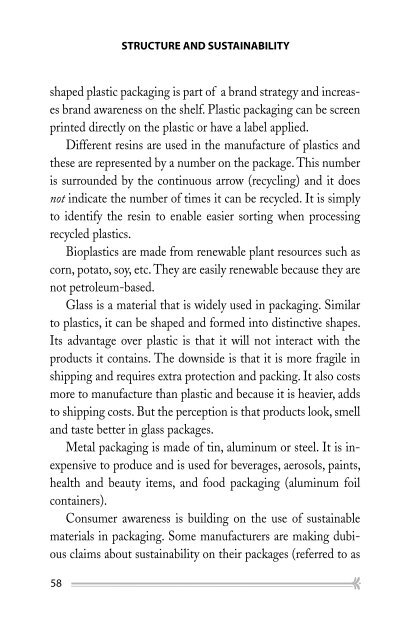The Art of Package Design
There is more to designing a successful package than just making it noticeable. This book explores how to get the most out of the design process and the regulations and legalities required in packaging. It also explores the pitfalls people fall into when trying to create packaging in multi-languages for sale in other markets and cultures. Written by Mark Lehberg, a 30+ year creative professional, this book offers creative insights and tips to create that perfect package.
There is more to designing a successful package than just making it noticeable. This book explores how to get the most out of the design process and the regulations and legalities required in packaging. It also explores the pitfalls people fall into when trying to create packaging in multi-languages for sale in other markets and cultures. Written by Mark Lehberg, a 30+ year creative professional, this book offers creative insights and tips to create that perfect package.
You also want an ePaper? Increase the reach of your titles
YUMPU automatically turns print PDFs into web optimized ePapers that Google loves.
STRUCTURE AND SUSTAINABILITY<br />
shaped plastic packaging is part <strong>of</strong> a brand strategy and increases<br />
brand awareness on the shelf. Plastic packaging can be screen<br />
printed directly on the plastic or have a label applied.<br />
Different resins are used in the manufacture <strong>of</strong> plastics and<br />
these are represented by a number on the package. This number<br />
is surrounded by the continuous arrow (recycling) and it does<br />
not indicate the number <strong>of</strong> times it can be recycled. It is simply<br />
to identify the resin to enable easier sorting when processing<br />
recycled plastics.<br />
Bioplastics are made from renewable plant resources such as<br />
corn, potato, soy, etc. <strong>The</strong>y are easily renewable because they are<br />
not petroleum-based.<br />
Glass is a material that is widely used in packaging. Similar<br />
to plastics, it can be shaped and formed into distinctive shapes.<br />
Its advantage over plastic is that it will not interact with the<br />
products it contains. <strong>The</strong> downside is that it is more fragile in<br />
shipping and requires extra protection and packing. It also costs<br />
more to manufacture than plastic and because it is heavier, adds<br />
to shipping costs. But the perception is that products look, smell<br />
and taste better in glass packages.<br />
Metal packaging is made <strong>of</strong> tin, aluminum or steel. It is inexpensive<br />
to produce and is used for beverages, aerosols, paints,<br />
health and beauty items, and food packaging (aluminum foil<br />
containers).<br />
Consumer awareness is building on the use <strong>of</strong> sustainable<br />
materials in packaging. Some manufacturers are making dubious<br />
claims about sustainability on their packages (referred to as<br />
58



